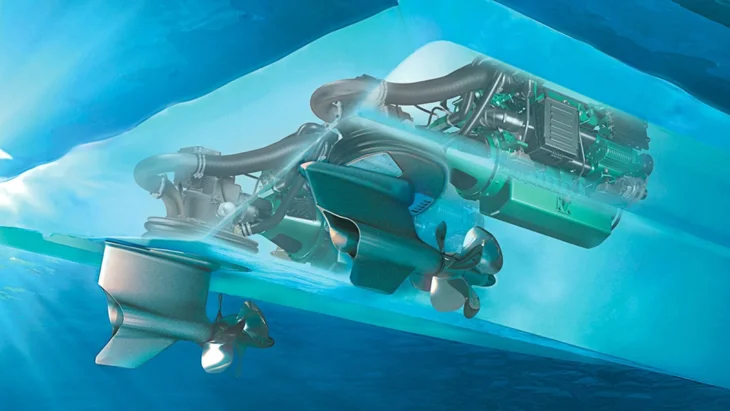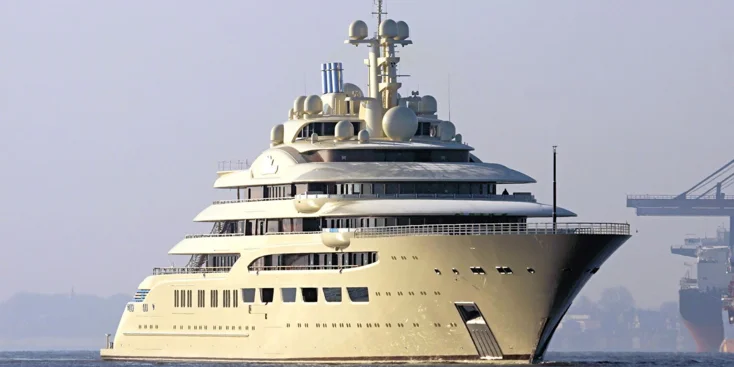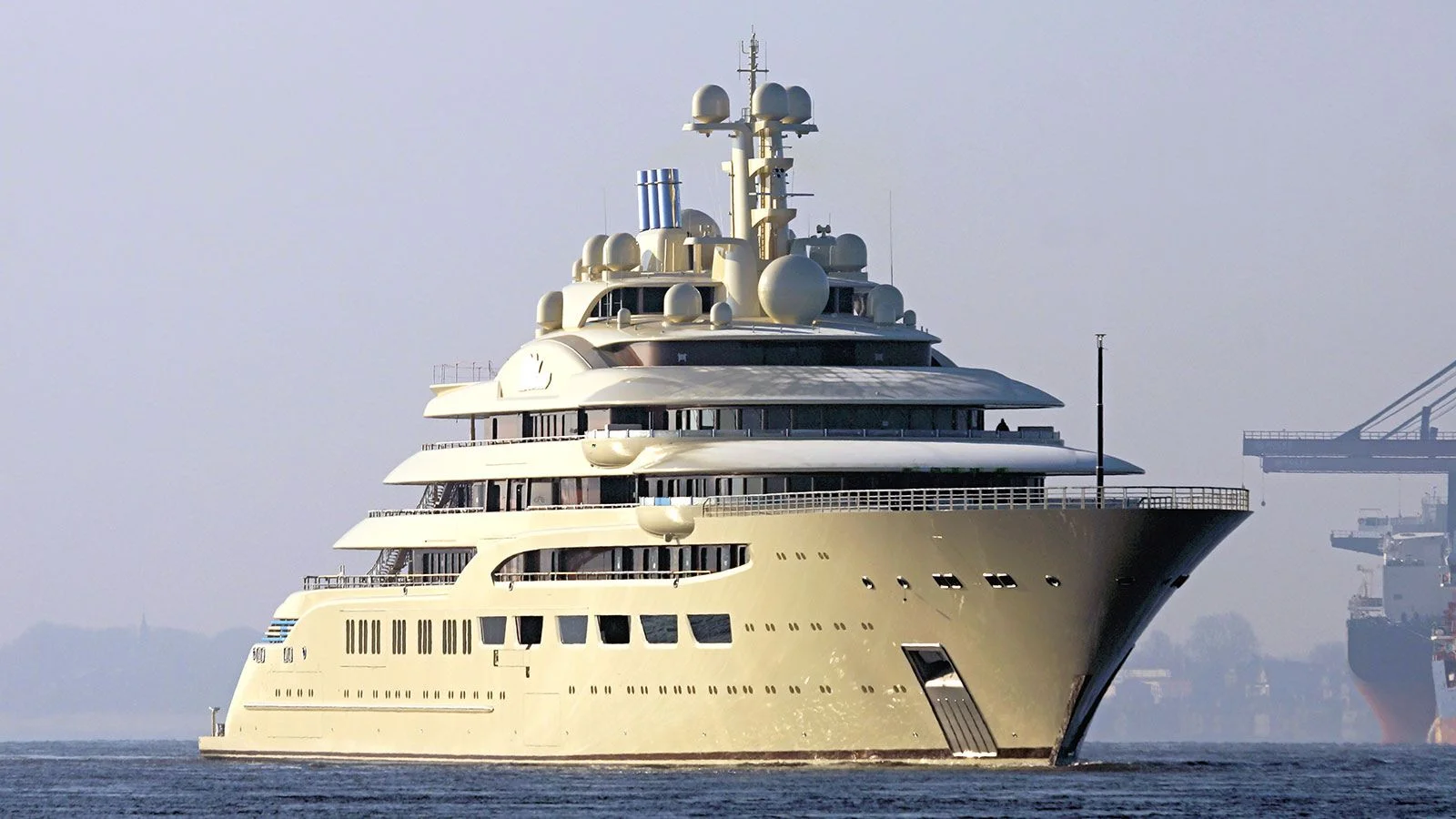Five questions about gross tonnage

There is probably no other maritime term that causes so much confusion and misunderstanding as gross tonnage
Albert Nazarov, naval engineer and architect, Candidate of Technical Sciences and head of Albatross Marine Design, has answered our questions about what “gross tonnage” is in its modern sense and why it is one of the key parameters in yacht construction and operation.

1. Why do today’s yacht owners have to look at such a parameter as gross tonnage (GT)?
Tonnage is one of the ways to classify vessels by size. Just like they can be classified by, for example, length or passenger capacity, etc.
One should note that “tonnage” is often confused with mass, or displacement, or carrying capacity, you name it – we’ve heard about it. It would be more correct to speak of something like “cubic metreage” or “volumetreage” here. Because in fact, tonnage is a measure of volume, and not of mass or weight.
Where does this term come from? It’s simple. For example, in ancient times, “tonnage” was the volume of ship holds measured in wine amphorae… With time the English word “tun” and the French “tonneau” for a wine cask turned into a “ton”. Later, as a measure of hold volume it became equivalent to 100 cubic feet (2.83 cubic meters), and was used to measure the volume of cargo vessels. Later it was renamed “register ton” (RT). The tonnage was registered in order to eliminate tax fraud.
Cargo ship tonnage was used for taxation, port and canal dues, for determining crew size and qualifications. Moreover, the total tonnage of the fleet (both merchant or military) was – and still is – a measure of power of a state.
On the other hand, cunning ship owners and merchants tried to reduce taxes and transport maximum cargo with a minimum declared tonnage. This was sometimes on the verge of reason, and it can sometimes be observed even these days.
Have you ever seen Korean and Japanese fishing boats? Why is it that their decks are almost at the waterline level and the bulwarks are so high? It looks quite weird and unsafe! That is simple: the enclosed space below deck is included in the tonnage, but the open space between the bulwarks is not. That is why they transport fish in bulk between the bulwarks, as it allows them to take more cargo on board and to pay minimal taxes...
2. How is gross tonnage determined and calculated (GT)?
Like I have already said, tonnage is volume. There is gross tonnage, which is the total volume of the hull and closed superstructures of the vessel, and there is net tonnage, which is the volume available for carrying cargo and passengers. They are abbreviated as GT and NT respectively. To calculate GT, you have to calculate the total volume of the hull and superstructures. To calculate NT, you have to calculate the volume of the spaces that can carry cargo and passengers . And not just the volume, but taking into account various correction coefficients. Thus, GT is calculated from the size of the vessel and multiplied by coefficients, while NT is a sum of the volume of spaces.

What are the coefficients for? They were introduced with the adoption of The International Convention on Tonnage in 1969 (ITC-69) to ensure continuity with the previously issued documents for the vessels. The formulas for the tonnage calculation are different. Some countries’ maritime administrations or, for example, the Panama and Suez Canals, apply their own formulas (it’s income for the budget!). Let alone small vessels, for which almost every country has its own formula, but they are a lot simpler than for large vessels.
The method of calculating tonnage recorded in the International Convention on Tonnage Measurement of Ships (ITC-69) has received the widest international recognition. It is a whole book, and anyone can study it.
3. What is the difference between gross register tonnage and gross tonnage? Why are there no units of measurement for gross tonnage?
One shouldn’t confuse gross tonnage (GT) with gross register tonnage (GRT) and measure it in register tons (RT), as this is not correct. Historically, volume was measured in register tons (RT), but ITC-69 proposed to designate it without any dimensions – just “GT 400”. Why? To avoid any confusion and to separate the convention scheme from those used before its introduction. Gross tonnage (GT) is a theoretical volume, for which coefficients were introduced.

4. At what construction stage is the yacht’s gross tonnage determined and who is responsible for it?
Initially, tonnage is assessed by the designer developing a yacht. But the official document – Tonnage Measurement Certificate (TMC) – is issued by an authorized body. Measurement and calculation are done by authorized surveyors. Although they request information from the designer anyway…
Well, to give you an example, the volume of 500 GT is approximately a vessel that is 50 m long, 150 GT is about 24 m, and 100 GT is about 20 m.
Although shipyards sometimes play with length and volume by increasing open deck spaces and reducing enclosed ones, which affects gross tonnage (Editor's note).

5. Why is it that yacht owners want to stay under 500 GT?
It’s like the “magic length” of 24 m, under which the vessel is considered small, which means simpler rules and regulations.
If you take the REG Yacht Code, which is the key document for larger yachts, you will see that a lot of requirements mention the limit 500 GT. International conventions do not apply in full to smaller tonnage, and there are simpler and less strict requirements for living conditions and crew qualifications, which means you can save money both on maintenance and taxes.
You have successfully subscribed to our newsletter












